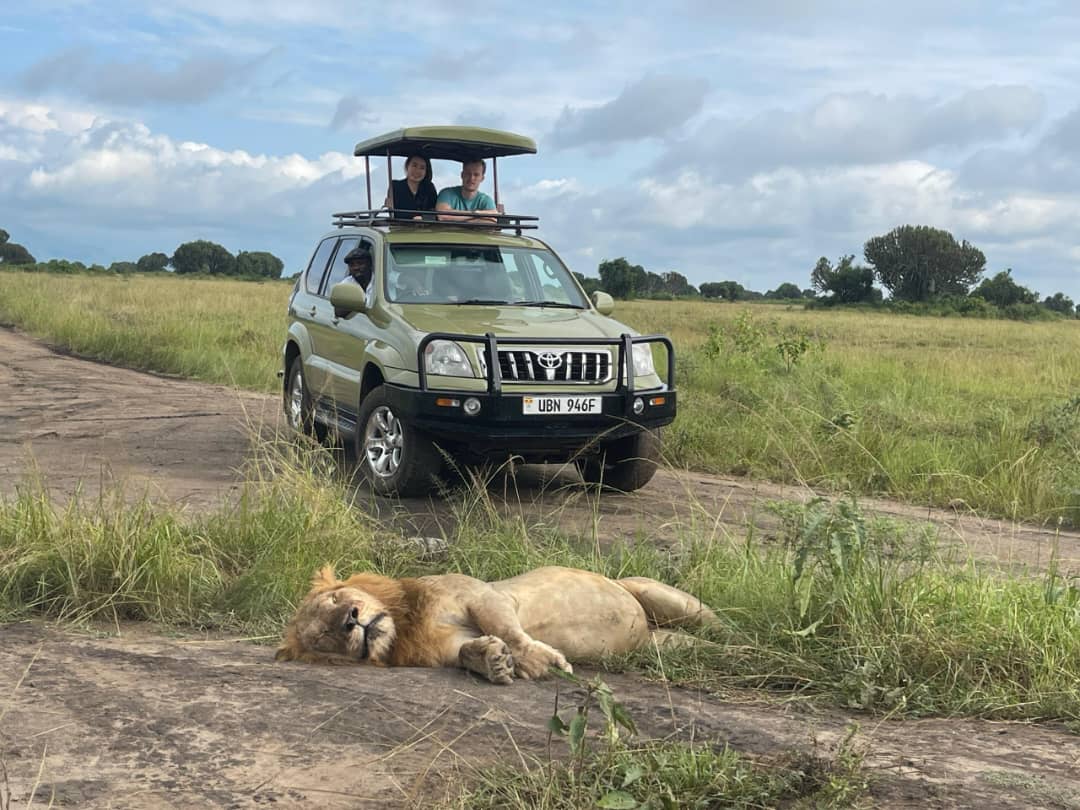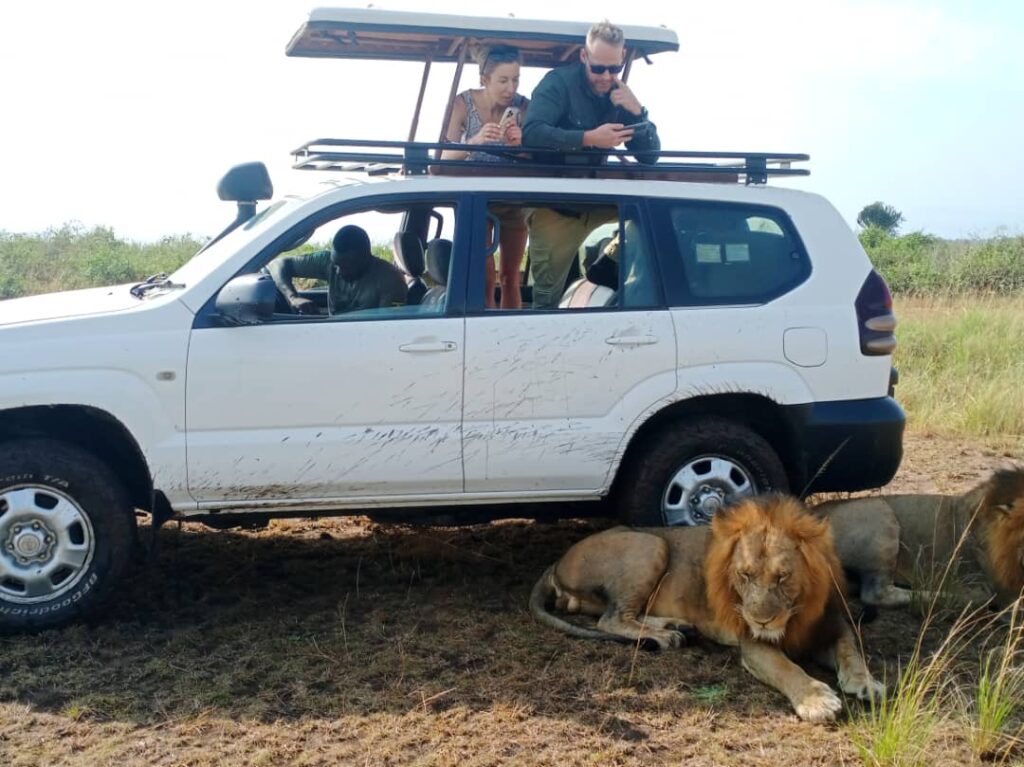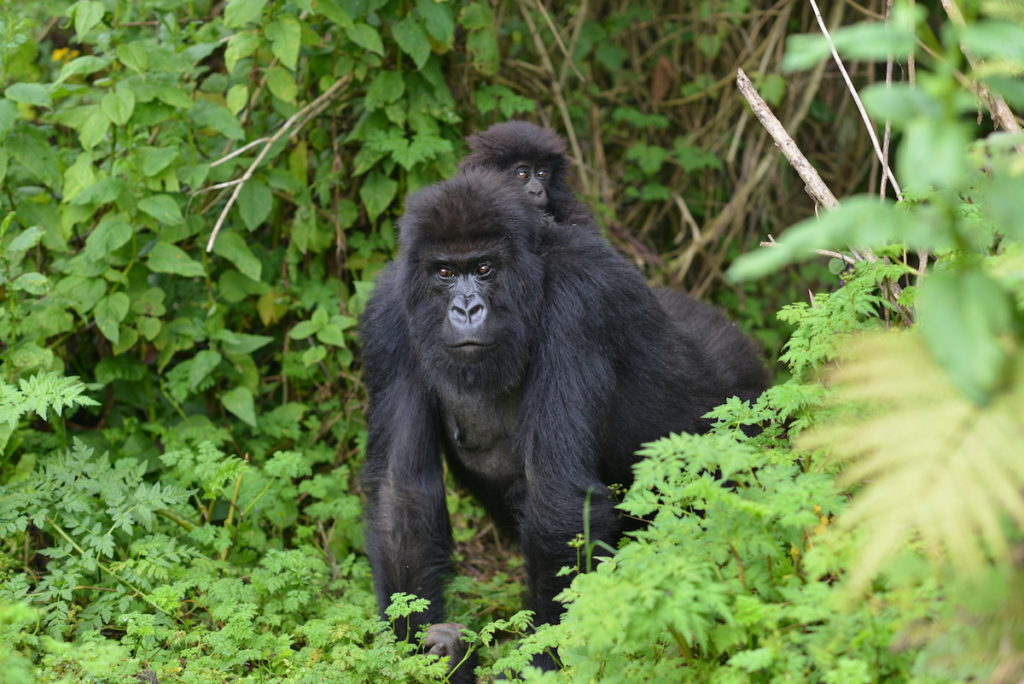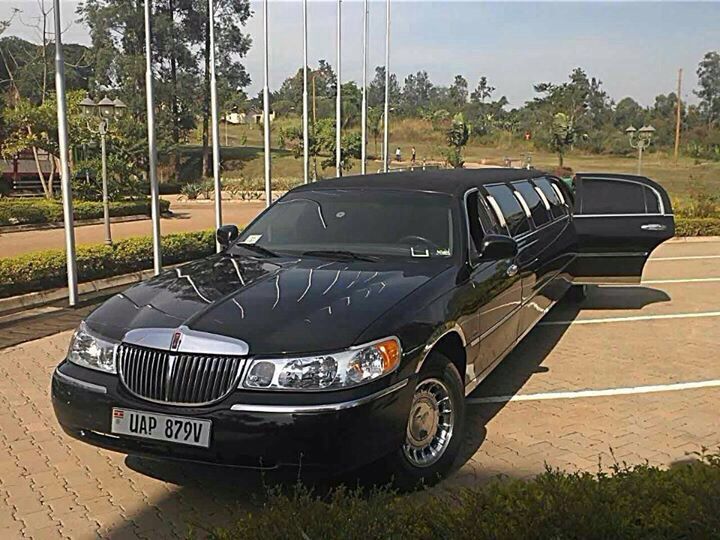
How to Choose the Right Rental Car for Your Uganda Safari
Embarking on a safari in Uganda is an exciting adventure filled with breathtaking landscapes, incredible wildlife, and unique cultural experiences. To fully enjoy your journey, choosing the right rental car is essential. The right vehicle will not only provide comfort and safety but also allow you to access Uganda’s diverse and sometimes challenging terrain with ease. Here’s a detailed guide to help you select the perfect rental car for your Uganda safari.
1. Consider Your Safari Itinerary and Group Size
Your travel plans and the size of your group are the first factors to consider when selecting a vehicle.
- Destination Terrain: Uganda’s national parks and reserves, such as Bwindi Impenetrable Forest, Queen Elizabeth, and Murchison Falls, often have rough, unpaved, and sometimes muddy roads, especially during the rainy season. Many safari routes require driving on uneven terrain, rocky tracks, or steep inclines. Therefore, a vehicle with four-wheel drive (4×4) capability is essential to navigate these conditions safely and comfortably.
- Group Size: The number of travelers will determine the size of the vehicle you need. Solo travelers or couples can comfortably use compact SUVs, which offer good fuel efficiency and maneuverability. Families or groups of five or more will benefit from larger vehicles such as safari vans, Land Cruisers, or pickups with extended seating. These vehicles provide extra space for passengers and luggage, ensuring everyone travels comfortably without feeling cramped.
2. Top Safari Vehicle Options and Their Benefits
Choosing the right type of vehicle can make a significant difference in your safari experience. Here are some of the most popular options:

- Safari Land Cruiser: Known for its durability and reliability, the Land Cruiser is a top choice for safaris. It has excellent ground clearance and 4×4 capability, making it ideal for rough terrains and steep hills. Many models come with pop-up roofs, allowing passengers to stand and enjoy unobstructed wildlife viewing and photography safely. The Land Cruiser also offers ample cargo space for luggage and safari gear, making it suitable for families and groups.
- Toyota Hilux Pickup: This vehicle combines power with fuel efficiency. It’s great for mixed itineraries that include both city driving and off-road adventures. The pickup bed offers extra space for luggage or camping equipment, and the robust 4×4 system handles rough roads well.
- Safari Van (Hiace or similar): Safari vans are perfect for larger groups or families who want to travel together. They usually feature pop-up roofs for game viewing and large windows for excellent visibility. These vans provide comfortable seating and air conditioning, which is a bonus in Uganda’s warm climate.
- Rooftop tent Land cruiser: The Rooftop Tent Land Cruiser is a full-size 4×4 vehicle specially customized for camping safaris in Uganda. It features a sturdy rooftop tent that can be set up in minutes, offering a safe, elevated sleeping area ideal for solo travelers, couples, small groups, or families.
- Toyota Prado: The Toyota Prado is a popular 4×4 SUV for Uganda safaris, known for its spacious interior, comfortable ride, and ability to handle both city roads and rugged park tracks with ease. With seating for up to five people and ample cargo space, it’s an excellent choice for families or small groups seeking reliability, fuel efficiency, and versatility on Uganda’s diverse terrains.
3. Essential Safari Vehicle Features
When renting a car for your safari, certain features are crucial to ensure a smooth and enjoyable trip:

- 4×4 Capability: This is non-negotiable for safaris in Uganda. The ability to switch to four-wheel drive is vital for tackling muddy, rocky, or uneven roads, especially in remote parks where road conditions can change rapidly.
- Pop-up Roof: Vehicles with pop-up roofs allow passengers to stand up safely inside the car to get a better view of animals and take photos without disturbing wildlife. This feature enhances the safari experience significantly.
- Ample Storage Space: Safaris often involve carrying camping gear, binoculars, cameras, extra clothing, and food supplies. Choose a vehicle with enough boot space and consider one with roof racks or rooftop storage options.
- Comfortable Seating: Long hours on the road can be tiring, so look for vehicles with cushioned, adjustable seats and enough legroom. Air conditioning is also important to keep the cabin cool during daytime drives.
- Charging Ports: With the need to keep cameras, phones, and GPS devices charged, vehicles equipped with USB or 12V charging ports are highly beneficial.
- Safety Equipment: Ensure the vehicle comes with a spare tire, jack, first aid kit, fire extinguisher, and basic repair tools. These can be lifesavers in remote areas.
4. Budget and Rental Duration Considerations
- Rental Costs: Larger, more rugged vehicles like Land Cruisers and safari vans tend to be more expensive to rent than compact SUVs. However, their durability and features justify the cost, especially for safaris that involve challenging terrain.
- Fuel Efficiency: Fuel can be a significant expense on long safaris. While larger 4x4s consume more fuel, some models like the Toyota Hilux offer a good balance between power and fuel economy. Factor in fuel costs when budgeting.
- Rental Duration: Longer rentals often come with discounted daily rates. Plan your itinerary carefully to maximize your rental period and get the best value.
5. Self-Drive vs. Chauffeur-Driven Options

- Self-Drive: If you are confident driving in unfamiliar and sometimes challenging conditions, self-driving offers flexibility and independence. It allows you to set your own pace and stop wherever you want. However, be prepared for Uganda’s sometimes unpredictable road conditions and local driving customs.
- Chauffeur-Driven: Hiring a driver-guide in Uganda is highly recommended for first-time visitors or those unfamiliar with local roads. Drivers are experienced with safari routes, know the best wildlife viewing spots, and can handle vehicle maintenance and navigation. This option reduces stress and enhances your safari experience, allowing you to focus on the scenery and wildlife.
6. Booking and Vehicle Inspection Tips
- Book Early: Safari vehicles are in high demand, especially during peak travel seasons (June to September and December to February). Early booking ensures availability and better rates.
- Inspect the Vehicle: Before setting off, thoroughly check the car’s condition. Look for any existing damage, test the brakes, lights, and air conditioning, and confirm that the spare tire and tools are present.
- Insurance: Verify what insurance coverage is included with your rental. Comprehensive insurance that covers damage, theft, and third-party liability is essential for peace of mind.
- Request Extras: If traveling with children, ask for child seats. If you plan to camp, check if the rental company offers roof tents or camping gear.
Choosing the right rental car in Uganda for your driver-guided or self drive safari is a key step toward a safe, comfortable, and unforgettable adventure. Prioritize a reliable 4×4 vehicle that matches your group size and itinerary, equipped with features that enhance wildlife viewing and travel comfort. Whether you opt for self-drive or a chauffeur-driven experience, careful planning and preparation will ensure you make the most of Uganda’s incredible natural beauty and wildlife wonders.
To book rental car for your next safari in Uganda, simply contact us now by sending an email to info@rentadriveruganda.com or call us now on +256-779232316 to speak with us now.



